Key Features
- SWIR QHY 991 is a scientific cooled short wavelength infrared (SWIR) camera with a Sony IMX991 InGaAs sensor
- Cooled cameras with CMOS sensors covering the visual and near infrared wavelength range
- The abbreviation SWIR refers to "Short Wavelenght Infra Red".
- Both models use Sony InGaAs (indium gallium arsenide) sensors with square pixels measuring 5 µm x 5 µm
- Sensor: IMX990 SWIR Sensor (1,4Mp) / IMX991 SWIR Sensor (0,4Mp)
- Pixel array, effective usable: 1,296 x 1,032 pixels, (1.4Mp) /656 x 520 pixels (0.4 Mp)
- Spectral response starts at 400- and ends at 1700 nanometres.
- Image depth (AD): 12 bit
- Shutter: Global Shutter
- The maximum quantum efficiency is 77% at a wavelength of 1200 nanometres
- Full well capacity: typical 120 ke-
- Readout noise: Low Gain 150e-, Med Gain 50e-, High Gain 20e- (after calibration of a bias image)
- Image transfer: 66/133 frames per second at 12 bit data depth and full resolution (ROI faster and selectable)
- Interface: USB 3.0
- Cooling: air: 35 degrees below ambient, liquid up to 80 degrees below ambient
- Telescope connection: 1¼ inch
- Lens mount: C-mount
- Applications: Material testing, production monitoring, astronomy and many more.
- For further technical details of the two models in comparison, please refer to the table further down on this page.
Description
Shortwave infrared light (SWIR) is usually defined as light with a wavelength between 900- and 1700nm, occasionally also as the spectrum between 700- and 2500 nm. Since silicon sensors have an upper detection limit of about 1000nm, SWIR imaging requires specific optical and electronic components that can process the SWIR spectral range. For SWIR imaging, indium gallium arsenide (InGaAs) sensors are mainly used, which cover the typical SWIR spectrum but also detect wavelengths from 550 nm to 2500 nm. Line sensors based on InGaAs are freely available, but corresponding area sensors are usually ITAR-controlled (ITAR = International Traffic in Arms Regulations, internationale Rüstungskontrolle).
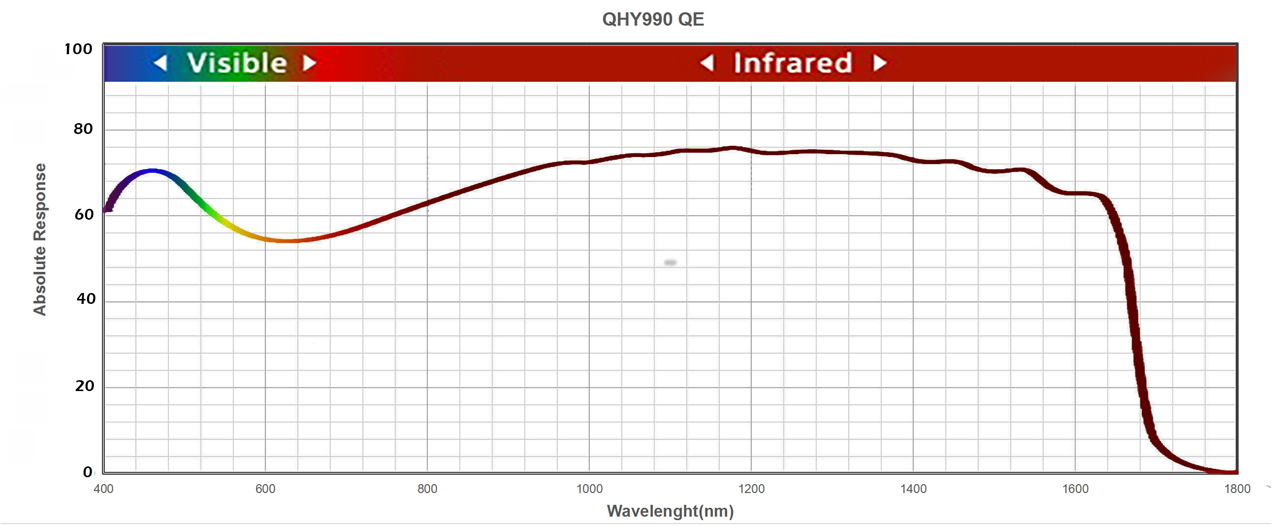
Both the QHY990 and QHY991 are available with either air cooling or liquid cooling. With air cooling, the camera achieves a delta T of 35°C below ambient temperature. With room temperature liquid cooling, a delta T of 45°C below ambient temperature is achieved and with pre-cooled liquid, a delta T of 60°C to 80°C below ambient temperature can be achieved. InGaAs sensors generally have a higher dark current than silicon-based materials. QHY therefore recommends choosing the liquid cooled version for applications that require exposure times of more than a few seconds (e.g. > 5 seconds) or more.
SWIR CMOS Cameras – Tech Talk
- Details on Sony's InGaAs sensors
The new QHY SWIR cameras use Sony's original SenSWIR technology, in which the photodiodes are formed on an indium gallium arsenide (InGaAs) compound semiconductor layer and connected via a so-called Cu-Cu junction to the silicon (Si) layer that forms the readout electronics. This is a technology that enables high sensitivity over a wide range of wavelengths. This breakthrough results in a SWIR image sensor that is compact yet allows seamless image capture over a wide range of wavelengths, from visible to invisible short-wave infrared (wavelength: 0.4μm to 1.7μm). The use of these sensors enables the detection of wavelengths that are invisible to the human eye (approximately from 800 nm), which enables a wide range of applications.
The production of conventional SWIR image sensors is problematic because there are many technical issues to be solved, including further miniaturisation of pixels, increasing the number of pixels, as well as facing various other problems, such as low quantum effectiveness in the visible spectral range and the usual analogue image output.
The new sensors from Sony use a so-called stacking technology with Cu-Cu connection instead of the otherwise usual "bump connection", which Sony has been further developing for years. Cu-Cu technology offers high image quality, a more compact sensor size thanks to miniaturisation, and high sensitivity in a wide range of wavelengths covering both the visible and invisible spectrum. Cu-Cu technology also supports digital image output, which is required in industrial applications today.
- Special features of the Sony sensor design
When connecting the InGaAs layer that forms the light-receiving photodiodes and the Si layer that contains the readout electronics, a certain distance between the connections must be maintained with conventional "bump connection" technology, making it difficult to achieve a smaller pixel size with current industrial CMOS sensors. This made further miniaturisation a serious challenge. However, Sony's new products feature a smaller pixel pitch made possible by the Cu-Cu interconnect, achieving the industry's smallest pixel size of 5 μm. This in turn enables a reduction in camera size while maintaining SXGA (IMX990) or VGA (IMX991. By using Cu-Cu interconnect technology, the sensor has very low FPN noise and pixel defects. Fixed Pattern Noise (FPN)
is a special noise pattern of image sensors that becomes visible at longer exposure times. This spatially determined noise is caused by the different response of the individual pixels to the same illumination intensity.
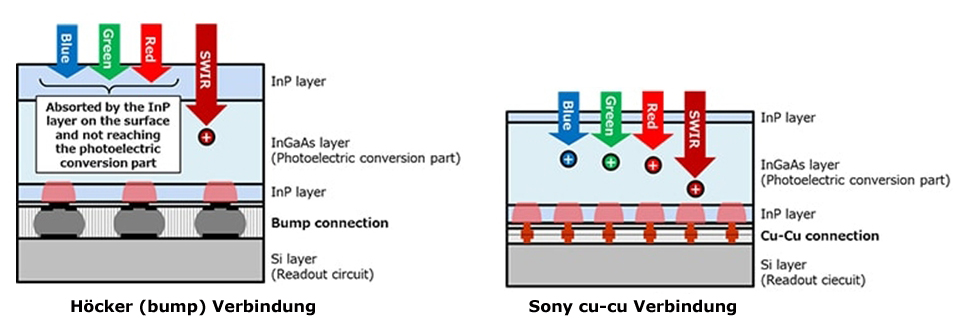
Image acquisition in both the visible and invisible infrared spectral range.
Sony's SWIR image sensor technology is used to make the upper InP layer, which absorbs visible light, thinner (see also figure Cu-Cu junction above) so that light can be transmitted to the underlying InGaAs layer, enabling high quantum efficiency even in the visible spectral range. Only this technique enables imaging in a broad wavelength range from 400 nm to 1700 nm, allowing the use of a single camera instead of the traditional multiple cameras that were required to capture visible light and near infrared.
SWIR applications in Industry and Astronomy
SWIR imaging is used for a wide range of applications, such as industrial inspection of circuit boards, solar cells and foodstuffs, and also, for example, to detect forgeries of old paintings. You can find more impressive image examples, for example, on this(https://www.edmundoptics.de/knowledge-center/application-notes/imaging/what-is-swir/)


Infrared photography in amateur astronomy
In the infrared spectral range, among others, the methane band is at a wavelength of 880 nanometers. Due to the high quantum efficiency of the sensor, together with the Baader Methane-Filter 1¼" (889nm, 8nm), spectacular images of the outer gaseous planets can now be taken with moderate telescope apertures.
Another field of infrared photography covers DeepSky Lucky Imaging of brighter, very young open star clusters with short exposure times. Their young stars often still "hide" in the surrounding H-II hydrogen nebulae, because the light of the H-II emission often overshines these stars, which glow mainly in near infrared light. The IR band-pass filter blocks the light of the H-alpha emission at 656.28 nanometers and makes the young stars stand out more clearly.
An example in the northern sky is the large open star cluster in the center of the Orion Nebula (see image above), whose stars in the near IR range are also visible to amateur astronomers.
Another example of the possibilities offered by the QHY990/991 is the image of Messier 17, the Omega Nebula. In this example a monochrome image taken in the continuum was combined with an image in the NIR range (800 - 1000nm). The continuum image was coded green and the NIR image was coded red.
All red image details mainly radiate in the infrared spectral range beyond 780 nanometers. Green image details mainly radiate in the continuum. The example clearly shows in which regions of M17 active star formation takes place.
Note on the NIR sample images "Center of the Orion Nebula" and "M17 - the Omega Nebula":
The image of the Orion Nebula and the NIR part of M17 were taken long time ago with a SBIG ST-8 CCD camera. The sensor used at that time was sensitive in the NIR up to about 1100nm, but only with a QE around 10%. They only give examples and suggestions what is "realizable" with the QHY 462C in the NIR range.
In the near IR spectral range it is also possible to "look into" the edges of dark clouds and young stars become visible which remain invisible in the RGB spectral range. Objects for such experiments would be, for example, the dark clouds in the constellation Aquila in the northern sky. In the southern sky there are dozens of interesting objects for both star clusters and dark clouds. The sensor size of 1920 x 1080 pixels at a medium focal lengths is large enough to photograph such objects.
The technical data of the two QHY SWIR cameras in comparison
| Model | QHY990 | QHY991 |
| CMOS Sensor | IMX990 SWIR Sensor | IMX991 SWIR Sensor |
| FPA Material | InGaAs | InGaAs |
| Pixel Size | 5.0 µm x 5.0 µm | 5.0 µm x 5.0 µm |
| Total Pixels | 1392 x 1052 (Including optically black pixels) | 752 x 520 (Including optically black pixels) |
| Effective Pixel Area | 1296 x 1032 | 656 x 520 |
| Effective Pivels | 1.3 Megapixels | 0.4 Megapixels |
| Effective Image Area | 1/2-inch | 1/4-inch |
| AD Sample Depth | 12-bit | 12-bit |
| Shutter Type | Electric Global Shutter | Electric Global Shutter |
| QE | 77 % at 1200 nm | 77 % at 1200 nm |
| Full Well | 120ke- typical | 120ke- typical |
| Typical Read Noise * | Low Gain 150e-, Med Gain 50e-, High Gain 20e- | Low Gain 150e-, Med Gain 50e-, High Gain 20e- |
| Frame Rate | 66 FPS@Full Resolution 12-bit 137FPS@480 Lines 12-bit 256 FPS@240 Lines 12-bit 518 FPS@100 Lines 12-bit 925 FPS@40 Lines 12-bit 1150 FPS@20 Lines 12-bit |
133 FPS @ Full resolution 12-bit 254 FPS @ 240 Lines 12-bit 510 FPS @ 100 Lines 12-bit 700 FPS @40 Lines 12-bit 830 FPS @20 Lines 12-bit |
| Trig Function | Hardware Trig-In Socket (RCA type). Opto-isolated | Hardware Trig-In Socket (RCA type). Opto-isolated |
| Cooling | Dual Stage TE Cooler | Dual Stage TE Cooler |
| Cooling Performance | -35 C° below ambient with air cooling. -45 C° below ambient with room temp liquid cooling and -60C° bis -0C° below ambient with chilled liquid cooling | -35 C° below ambient with air cooling. -45 C° below ambient with room temp liquid cooling and -60C° bis -0C° below ambient with chilled liquid cooling |
| Computer Interface | USB3.0 | USB3.0 |
| Lens Interface | C-Mount | C-Mount |
| Telescope Interface | 1.25-inch Adapter | 1.25-inch Adapter |
| Basic Interface | Flange with 6-M3 screw holes | Flange with 6-M3 screw holes |
| Filter Adapter | Supports D=25mm and D=25.4mm filters | Supports D=25mm and D=25.4mm filters |
| Back Focal Length | C-Mount, 1.25 inch adapter 17.5 mm with filter adapter 14.5 mm without filter adapter 12.5 mm wtih basic interface |
C-Mount, 1.25 inch adapter 17.5 mm with filter adapter 14.5 mm without filter adapter 12.5 mm wtih basic interface |
* Measured values after bias frame FPN calibration
Performance Characteristics of QHY SWIR cameras
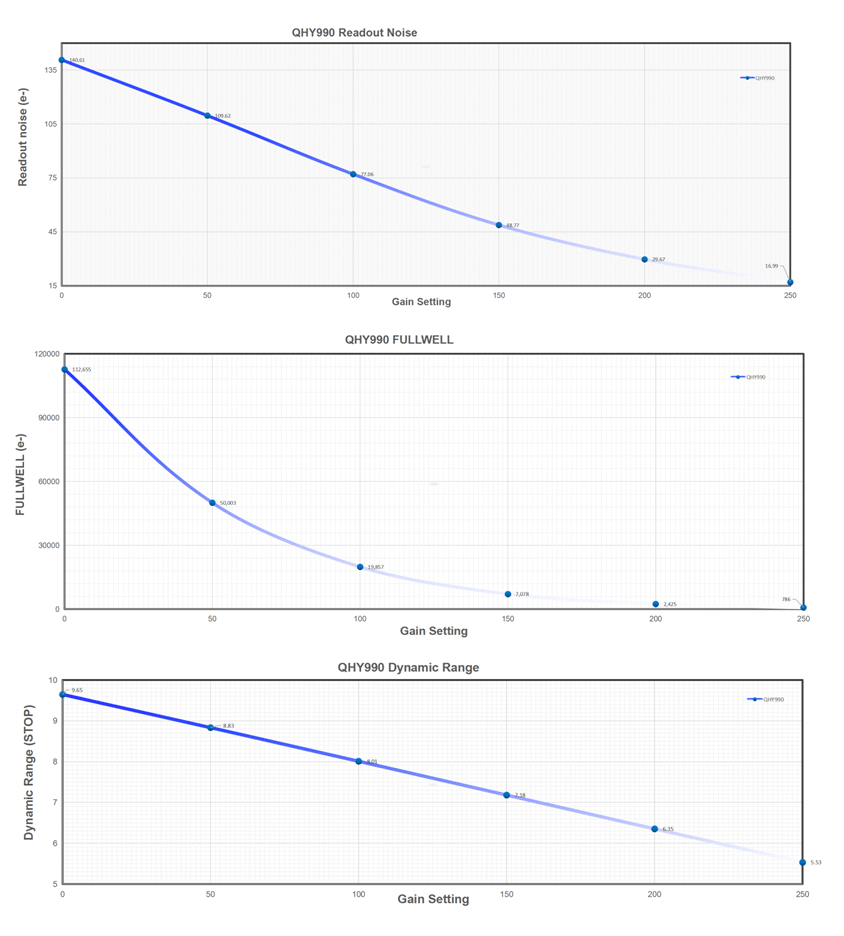
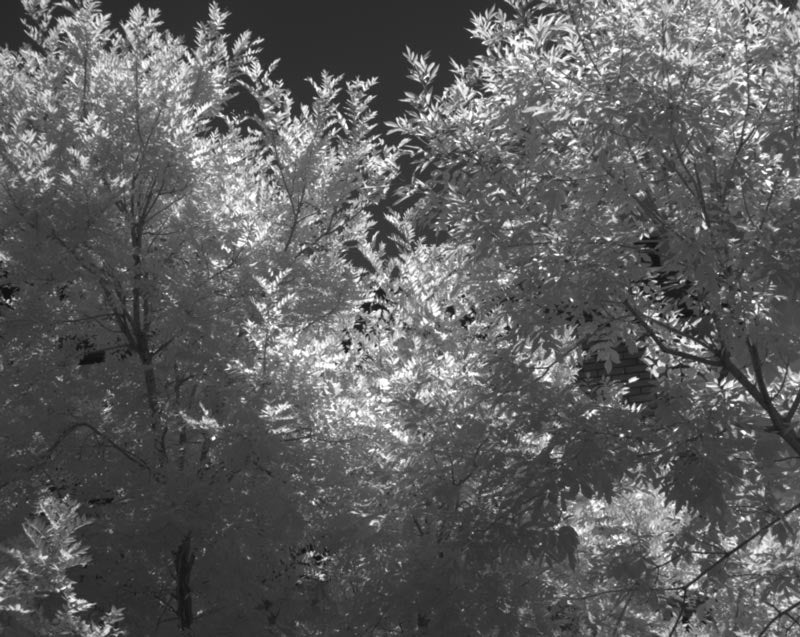
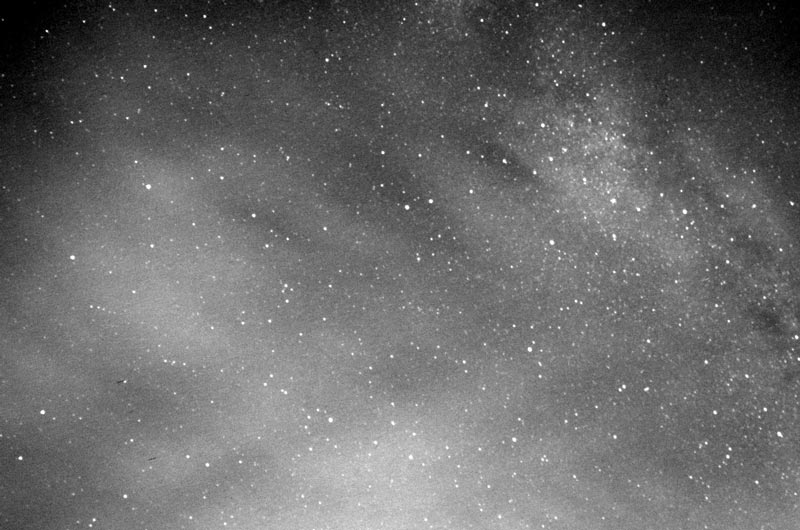
Reviews
Recommended
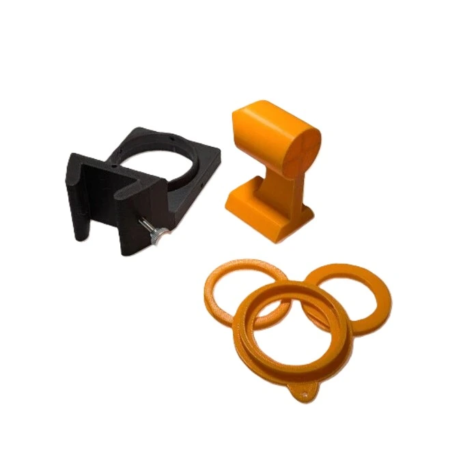
- In Stock
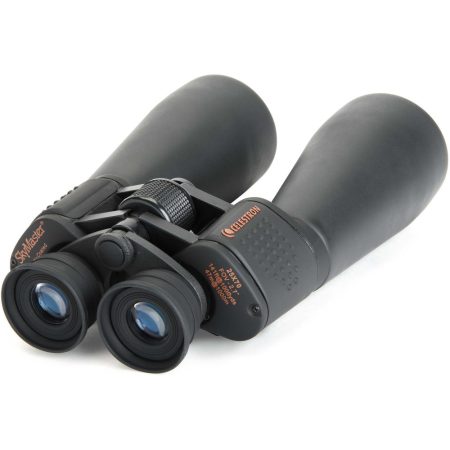
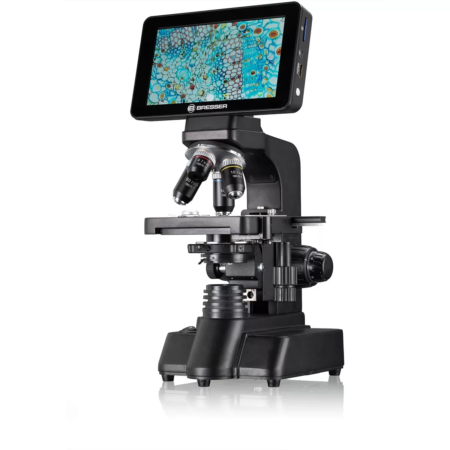
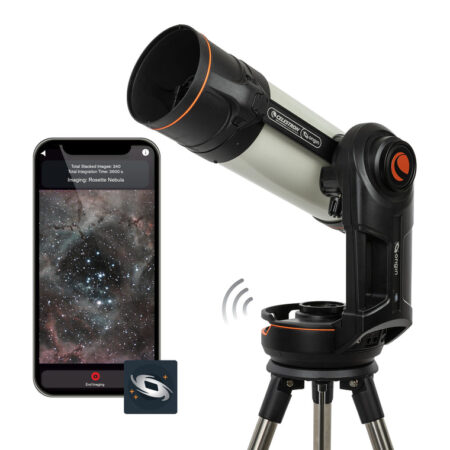
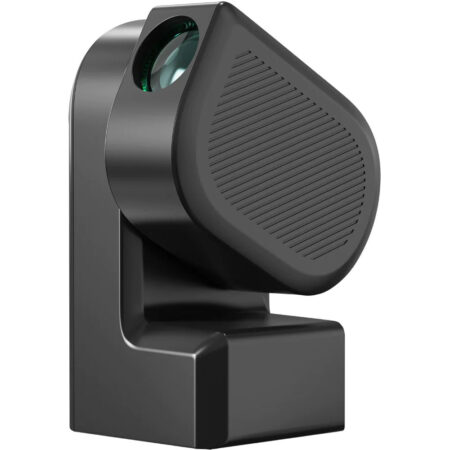
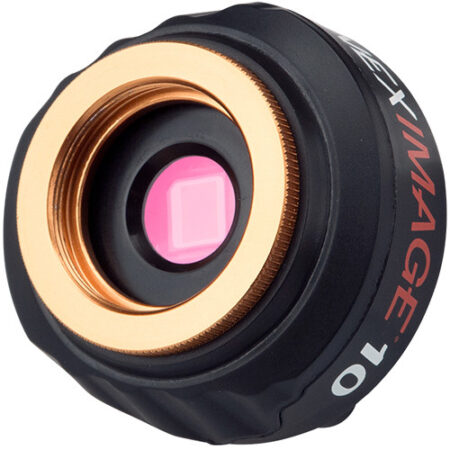
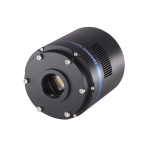
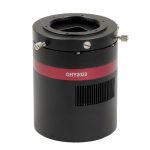
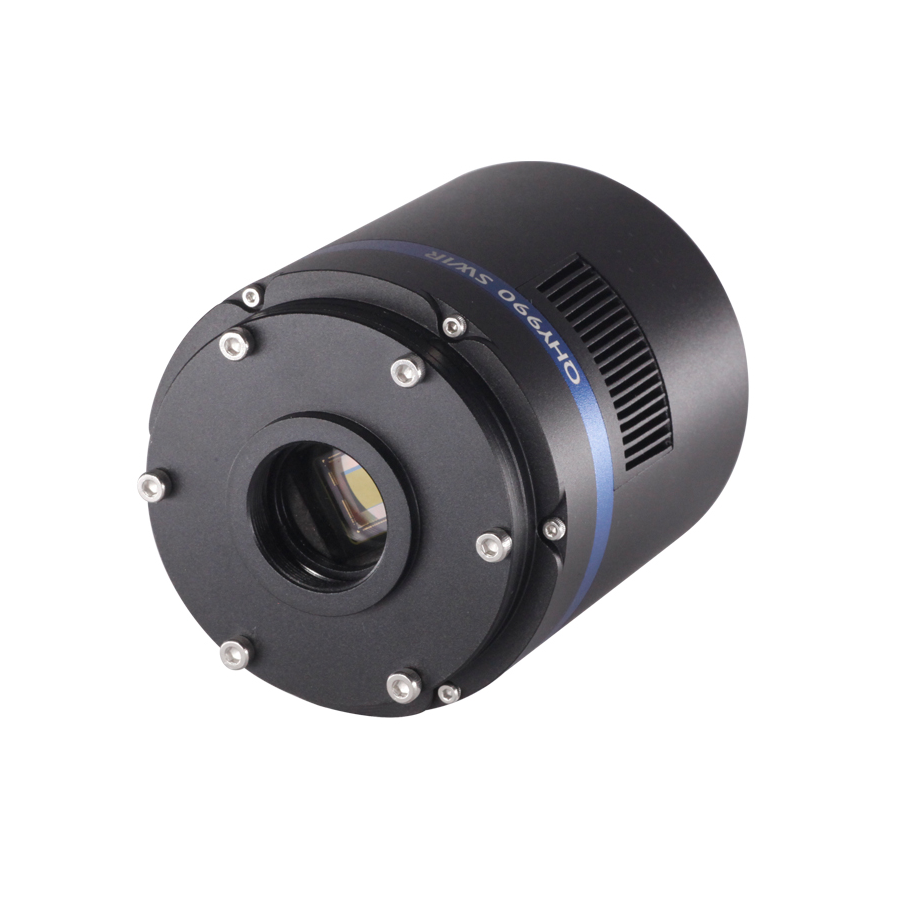
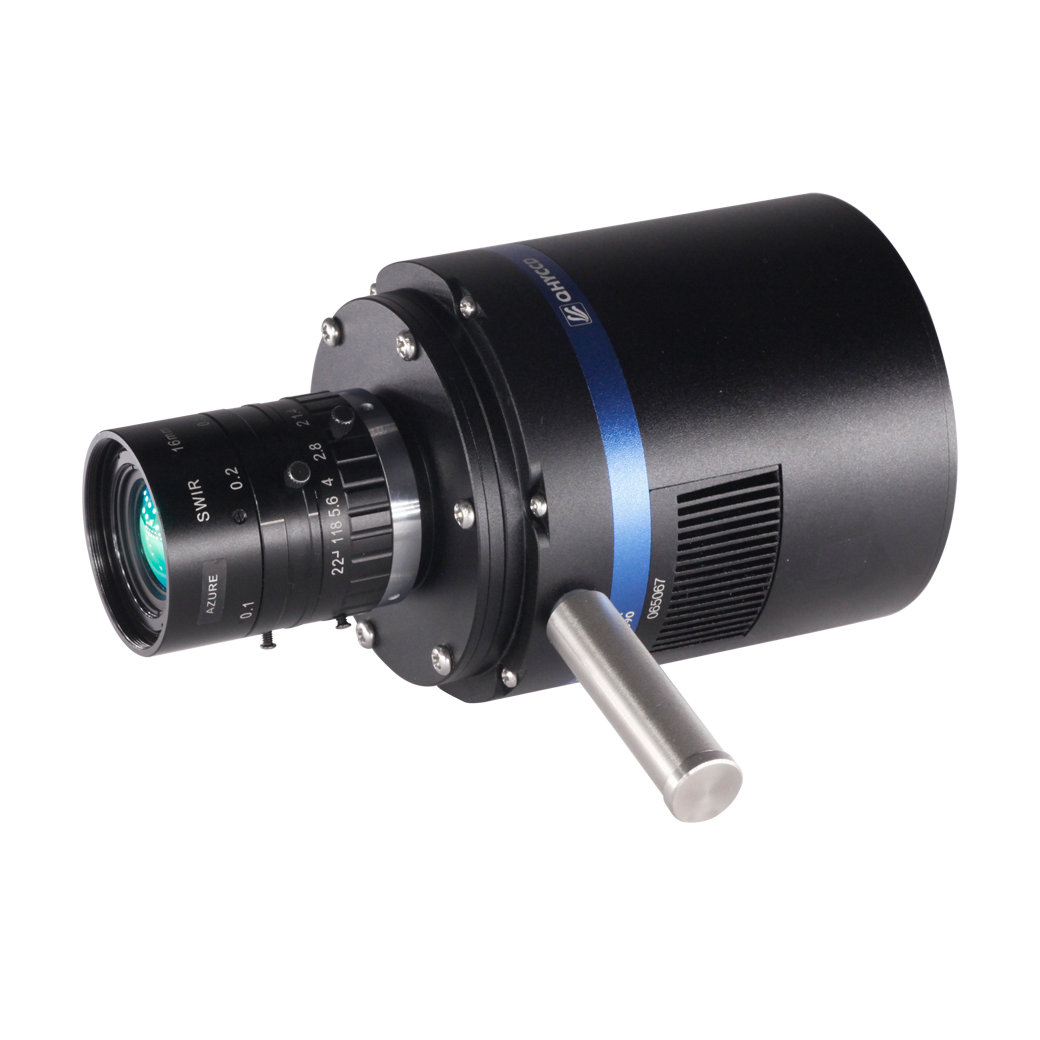
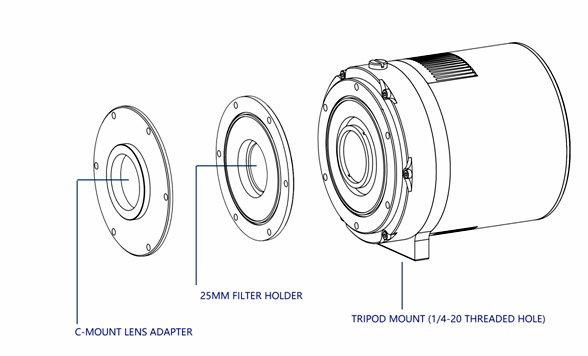
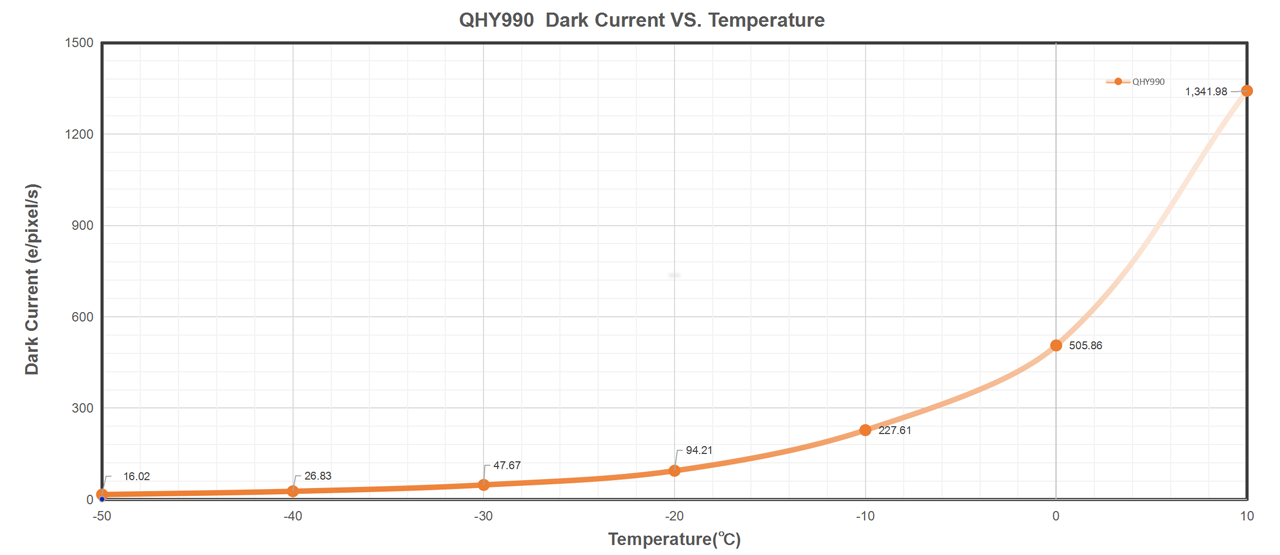
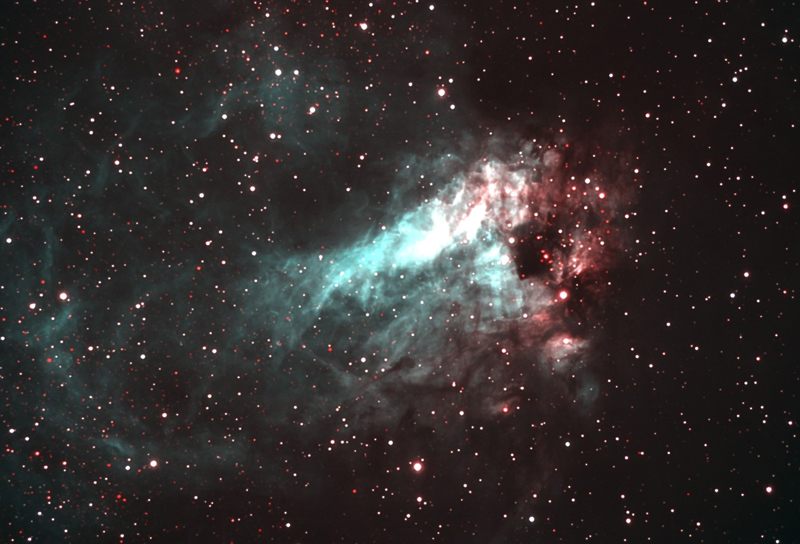
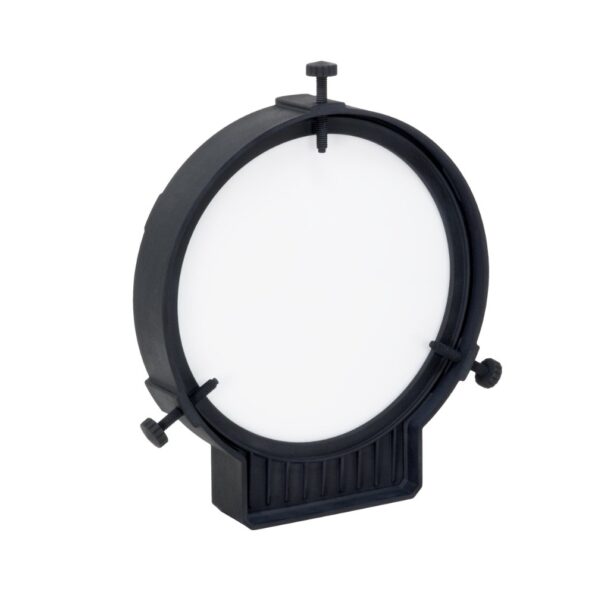
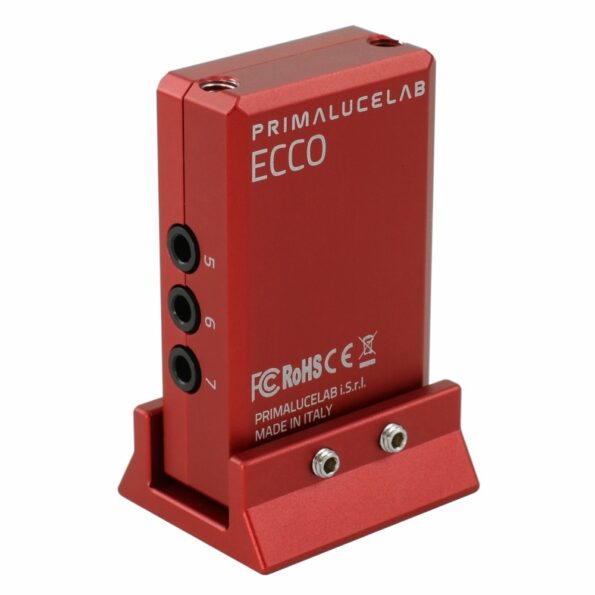
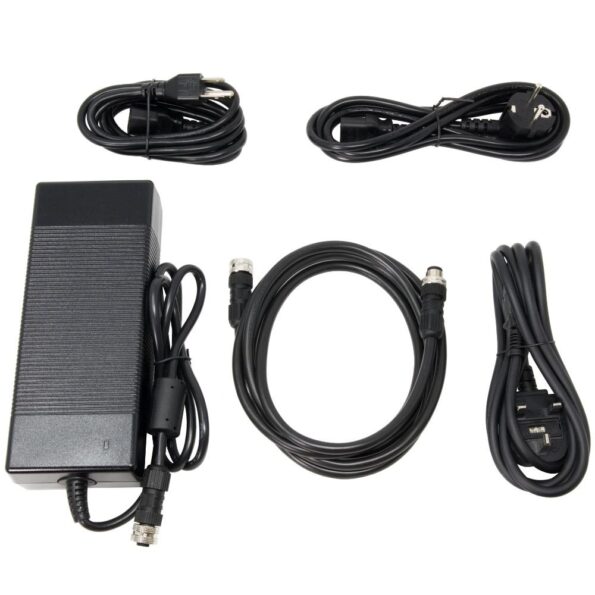
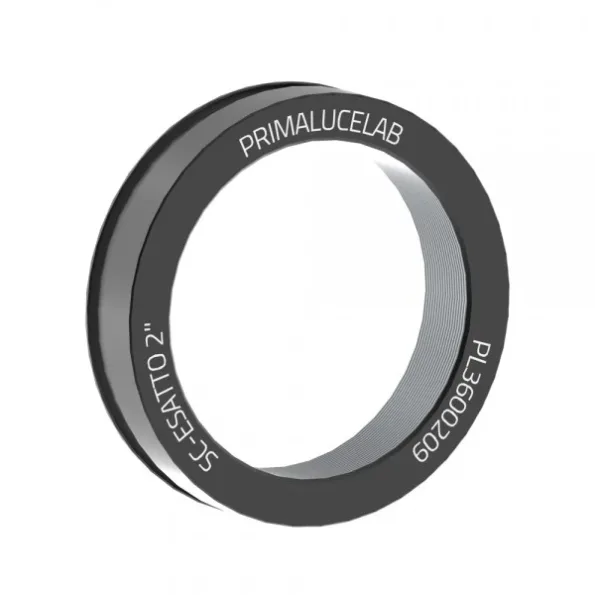
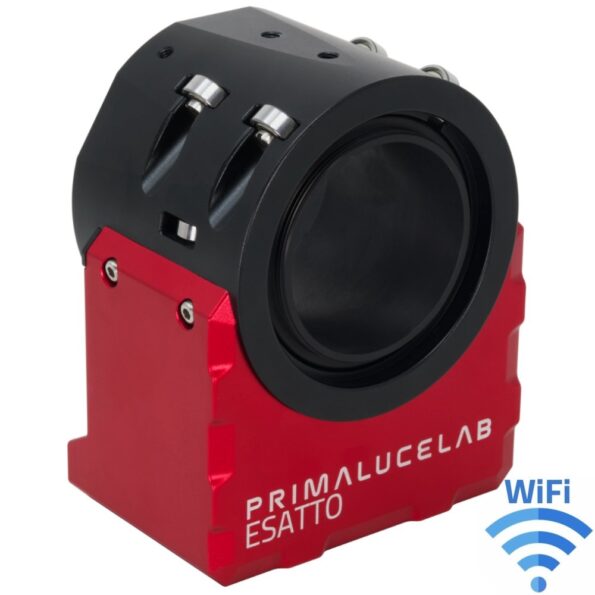
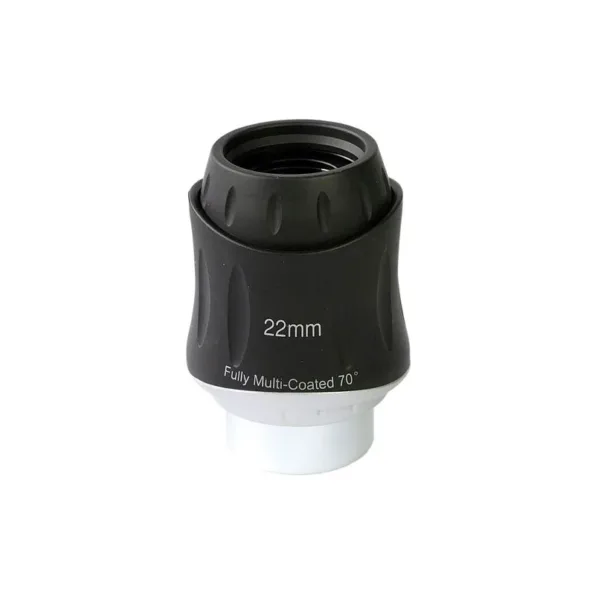
0.0 Average Rating Rated (0 Reviews)